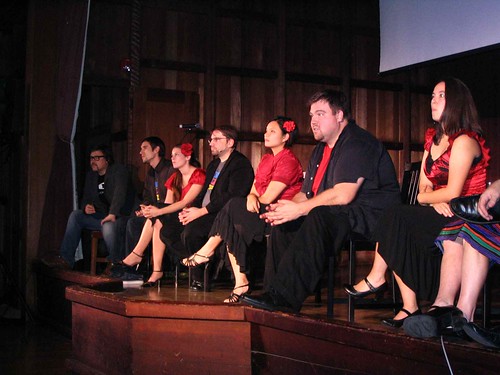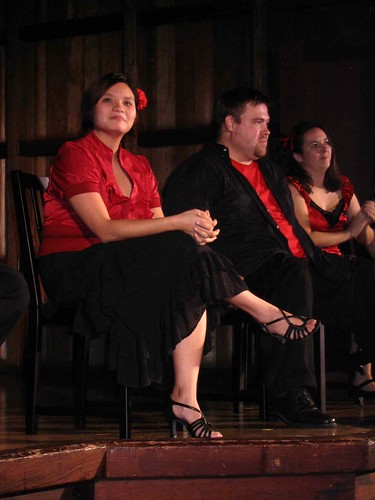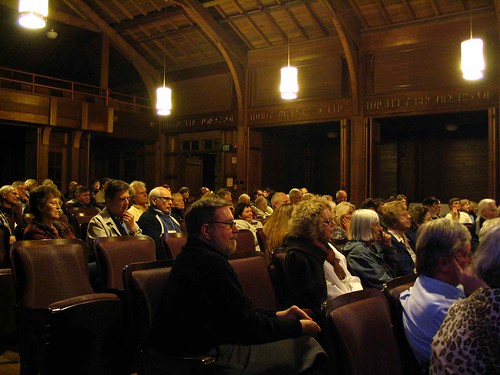This Adventist Life: A Lesson on Listening
Friday evening the conference opened with a performance from Pacific Union College’s Dramatic Arts Society. Inspired by the popular NPR radio show, This American Life, Alexander Carpenter and PUC Resident Artist Mei Ann Teo, who also served as the director, created this play with the intention of illustrating the nuances of Adventist identity and culture. Borrowing a quote from a fellow PUC colleague, Alex opened the play by explaining that Adventism is not something that we should define or refine; it is something that we must experience. Covering a gamut of issues from Sabbath preparation rituals to sex, the play presented an introspective, realistic account of Adventist traditions while raising relevant questions about the individual’s right to fashion and define his or her own identity within the Adventist sphere.

The play showcased a variety of artistic mediums and included scenes from the Adventist-inspired films The Road to Wellville, The Nostradamus Kid, and A Cry in the Dark as well as music from the Heretic Singers and an interactive improv performance by PUCs improv troupe, D4A. True to the title of the conference, “The Dance of the Generations,” This Adventist Life highlighted the generational discord within Adventism. Paying homage to Uncle Aurthur’s Bedtime Stories, the play depicted both a representation and an adaptation of Uncle Authur’s well-known story, “The Story of the Two Carolines.” Set in the 1980s, the adaptation illustrated the ideological shift that took place amongst the Adventist youth following the questioning that took place in the sixties and underscored the need for cross-generational conversation.

With the help of the Heretic Singer’s ode to Haystacks and the 1844 T-shirt-clad cast members, the play was not short on satire. However, the play also celebrated the uniqueness of Adventism and the culture that it fosters by invoking Adventist “jargon” and key historical events that are certainly recognizable to Adventists worldwide.
The play closed with a moving scene called “Salsa” in which a daughter struggles with her mother’s wish to salsa dance at her funeral. This scene illustrated the importance of celebrating the distinctive qualities of Adventism and also demonstrated that activities such as dancing, can (and perhaps should) be embraced as a part of one’s individual Adventist identity. This concluding scene seemed to be advocating a dual celebration: a celebration of both the self and Adventism. In other words, though we must not lose sight of our Adventist roots and its nuances, we simply cannot ignore our individuality. Thus, the two need not be mutually exclusive.

Nancy Lecourt, PUC Academic Dean, introduced the play by explaining that we, as Adventists, are all grappling with the question of who we are. She further stated that in attempt to answer this question, we must begin by listening. Though the immediate reaction to the play was indeed mixed, what was evident during the talk-back session after the play was that the process of listening had certainly begun.
Listen to conference attendees’ reaction to the play on the Spectrum Podcast


